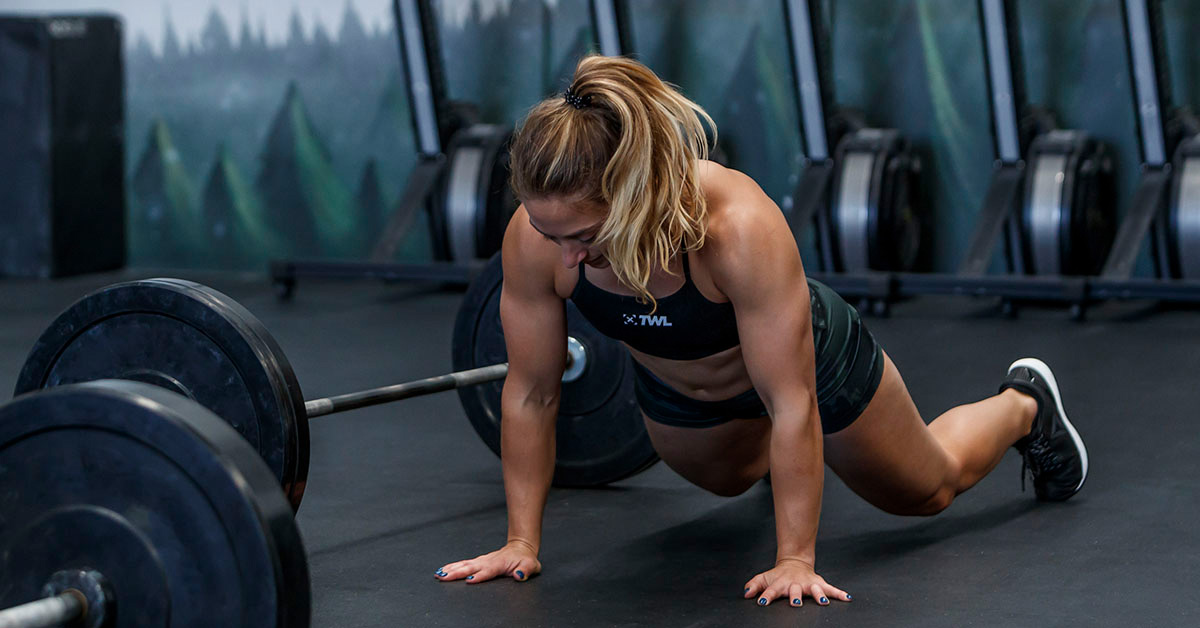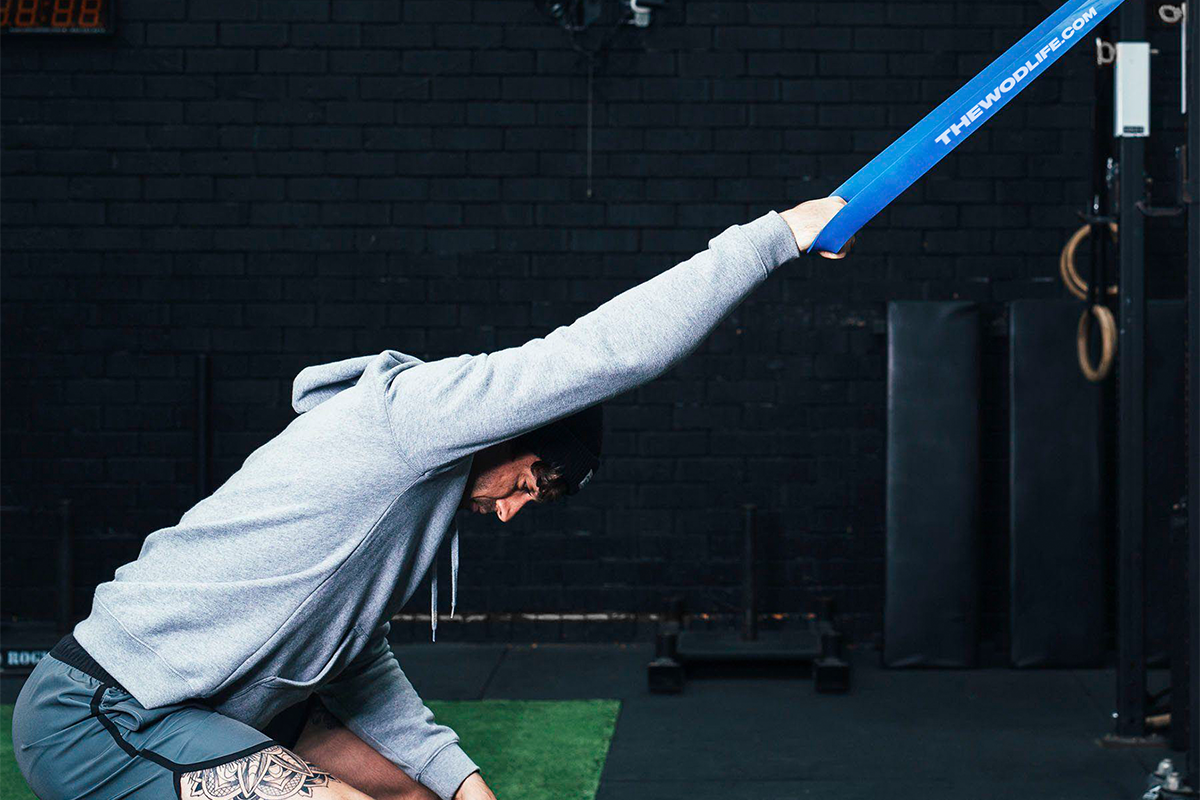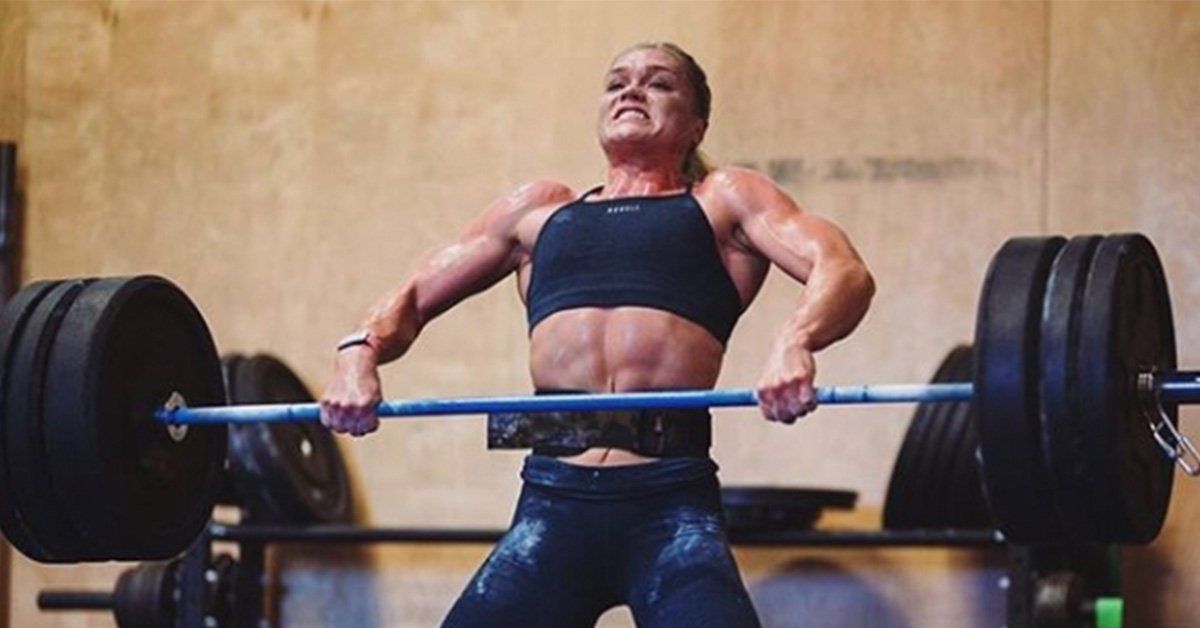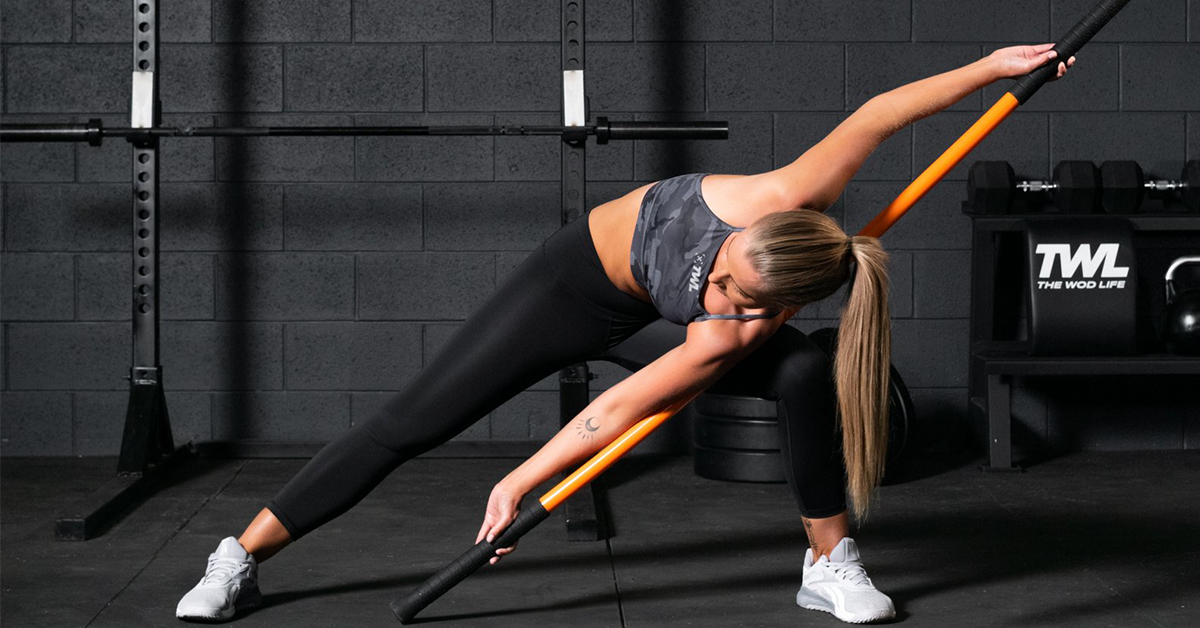Maybe you’re bored with your current workout routine. Or perhaps it stopped delivering the results you want. So, you did a little research to find something new and exciting. You got lost and ended up in a CrossFit box and realized the workouts take place in a ~magical~ world of their own.
Whatever the reason, with a strong community (estimated at over half million people), special lingo (thrusters, AMRAP, metcon, oh my!), and undeniable results, the workout phenomenon has successfully held onto, and grown, its massive following… so it’s not surprising that in 2020, people are continuing to flock and commit to functional fitness.
https://www.instagram.com/p/B5UeTh1ncDA/
But when it comes to the sport, some questions still remain. Like why is Dave Castro so evil? (Kidding.) Why does the Fran Cough last a whole frickin’ week? And perhaps most common of the CF Qs: Can you do it with a bad back?
It’s this last question that has some doctors and physical therapists stumped. And while if you have back pain and are thinking of trying the sport or you’re an athlete who has recently been afflicted with back pain, you should ask your own health care providers for help, we decided to tackle this Q.
The short answer? Yes. The long answer? It’s complicated. Like probably more complicated than your relationship status with that ex-football player from the gym (just me?…).
But before you can understand why that’s the case, you need some back facts.
The Anatomy of the Back
Down the center of your back you’ll find your spine (woah), which you can think of as the body’s stabilizing pillars, according to the U.S. National Library of Medicine. Your spine protects your spinal cord, a bundle of nerves that transmit messages between your brain and pretty much every part of your body. (Yep, you can thank those buggers for allowing you to pick up a spoon and feed yourself peanut butter from the jar).
With the help of vertebrae, your spine also supports about half the weight in your body.
https://www.instagram.com/p/CCCSH-knmhp/
These vertebrae are divided into sections: your cervical spine (your neck bones), your thoracic spine (the upper part of your back), your lumbar spine (lower back), your sacrum (which joins with your pelvis), and your coccyx (tailbone). Likely, you’ve heard these terms used at your own box or on ROMWOD.
Your vertebrae connect with each other at the back via flexible joints and rubbery cushions known as discs. Finally, your vertebrae connect with muscles, ligaments, and tendons throughout your back to help you do everything from Russian twists and medicine ball slams, to leaning over to pick up a barbell or even a pencil, to helping you deadlift and snatch.
Back to the Back Pain
Truth is, back pain is usually only a symptom, and over 90% of the time the pain results from those ligaments and muscles around the spine (not the dang curvy bone thing itself). “Most of my patients with back pain have a weak core and extremely tight hamstrings and psoas muscles, which is causing or exacerbating the pain,” says Aixa Goodrich D.C., F.M.P., of South Florida Chiropractic Center.
Let’s dive a little deeper.
https://www.instagram.com/p/B4p_gIxnjQK/
Our lifestyle sets us up for these types of aches and pains. Sitting in the office for hours, lifting at the gym right after, and then returning home to catch up on TWL blogs can get you to the point where your back hurts on regular basis.
How? Blame it on poor core strength. A strong core and the deep trunk muscles are essential for maintaining the stability of the spine and pelvis, says Goodrich. If you have back pain, you need to strengthen your core. That’s a fact.
Other culprits? The psoas and iliacus, two muscles of the hip flexor. The psoas is a long, deep muscle that runs from the lumbar spine to the thigh bone, and the iliacus is a shorter, flat muscle which runs from the pelvis to the thigh, explains Goodrich. When these get tight, it limits range of motion, due to compensation and pulling.
The solution (in addition to improving your core stability) can be mobility work like foam rolling or ROMWOD. So if you have back pain, you also need to strengthen your back muscles and the muscles around and connected to your spine. That’s also a fact.
https://www.instagram.com/p/B1UtFd1BZih/
So, Can You Do Functional Fitness With A Bad Back?
Like we said… it’s complicated.
“When patients come in with back pain, the first goal is to get them out of pain and then begin exercising, says Goodrich. “Exercise is a MUST for those with back pain…. But the right kind of exercise is the key,” she says.
Research has shown that exercise can help heal backs, and within the last decade the medical advice has shifted away from bed rest and toward exercise… even for people who are not used to daily workouts. It’s no longer uncommon for back specialists to write prescriptions for exercise. That’s because exercise can increase mobility and help circulation, while strengthening the core muscles closest to the spine can protect against future pain.
CF counts as movement… right?
Yes. Absolutely.
But as any coach will tell you, what’s most important is that you remember the cardinal rule of the sport: technique first, consistency second, and intensity last. And this is doubly (no, triply) important if you have back pain.
https://www.instagram.com/p/B4OK95XhmZD/
Problem is, both vets and newbies alike forget the cardinal rule. And it’s this rule that keeps long-time athlete in the game injury-free, and sets new athletes up for success (instead of back pain).
“In my practice experience, I have found most people who start off functional fitness without back issues end up with back issues over time because they lift too heavy with improper form. And lifting heavy with an already weak core leads to injuries,” says Goodrich.
Think a six pack means your core is strong? Wrong. You may have a six pack, but those six pack muscles only make up about a third of the muscles in the trunk. While you can work the entire core in a workout, if your technique isn’t on-point, you can often come up short of engaging deep stabilizing muscles of the core.
That’s why if you are not combining functional fitness with drills or doing the sport for form (not speed) for core and back stability, it can lead to things like bad posture, muscle imbalances, and stiffness. And a whole lotta pain following a workout like Karen, Diane, or Grace, says Goodrich.
https://www.instagram.com/p/B4fOmJUg82M/
What about people who have bad backs but who are are interested in trying the sport out? Building a stronger body through training is beneficial, but only when it’s done in the right way: with proper technique, a smart attitude, and drills for balance, core strength, and stability, she says. “It may be okay. But I would caution anyone doing the sport or any type of lifting to be very careful with squatting, deadlifts, and clean and jerks,” she says.
Another tip? “I recommend doing your research and going to a reputable box and getting the right coach to lead you,” she says. “You want someone who knows when you’re putting your body in a compromising position.”
The bottom line: “If you can set ego aside, use a reasonable amount of weights, and include core stability and strengthening into your routine, then functional fitness can be good,” says Goodrich.

















